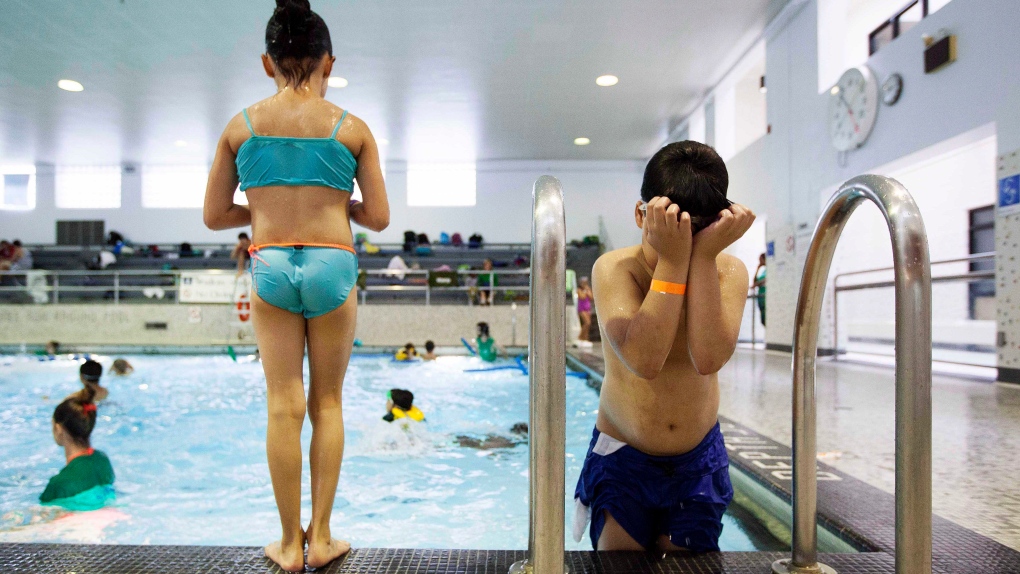Global Courant 2023-05-29 23:20:26
With the summer swimming season fast approaching, the Canada Safety Council is reminding people to exercise caution and take steps to avoid drowning, especially after three children died just days apart.
“We never like to see situations like this. Tragedies happen far too often,” Lewis Smith, manager of national projects at the Canada Safety Council, told CTVNews.ca in a telephone interview.
In the past week alone, two children have drowned in backyard swimming pools in Ontario. a three-year-old girl at Ajax And a three-year-old boy in Oakville.
And in the early hours of Monday morning, the RCMP said the body of a 12-year-old boy from Winnipeg who fell into the water at Sturgeon Falls in Whiteshell Provincial Park was located and recovered on Saturday.
Smith said the recent tragedies are part of a larger trend.
According to the Lifesaving Society’s 2020 Drowning Report, nine percent of all accidental water deaths in Canada occur in backyard pools and about a third in lakes or ponds. Most drownings occur from May to September, the report notes.
“It’s a serious problem and it’s definitely something worth addressing as the summer months get closer and closer, because that’s where we see the most drownings in Canada,” Smith said.
SAFETY TIPS FOR SWIMMING
Parents who have young children should actively supervise their children to prevent drowning incidents, Smith said, adding that no child under five years old — at the very least — should be in a body of water without “strong, active” parental supervision.
“Parents should always keep an eye on their children when they are near water, ideally within arm’s length, because drowning can happen very quickly, very suddenly, very unexpectedly,” he said.
Making sure kids don’t have easy access to water is just as important to prevent accidents, Smith said. For example, he recommended making sure bodies of water, including backyard pools, are fenced off to prevent unsupervised children from sneaking in or slipping and falling in.
When it comes to moving bodies of water like lakes, rivers and rapids, Smith said it’s important to make sure you keep a safe distance so you don’t get inadvertently swept along.
“It’s always a good idea to be aware of your surroundings and to give any body of water a healthy amount of distance unless you plan to be in it,” he said.
Learning how to swim properly — not just knowing how to paddle — can also help prevent drowning.
Having someone around when you’re swimming — even if you’re an experienced swimmer — is another preventative measure, Smith said, noting that a large number of accidental water deaths happen when a person is alone.
“Having someone with you can help limit the damage, make sure that if someone is going through a tough time they can be supported and make sure that if something sudden and unexpected happens they are there to help,” he said . .
Smith also stressed the importance of wearing life jackets on a boat.
“Life jackets really should be worn, even if you don’t plan on going into the water. If you do get thrown overboard, at that point it’s too late to find a life jacket,” he said.







